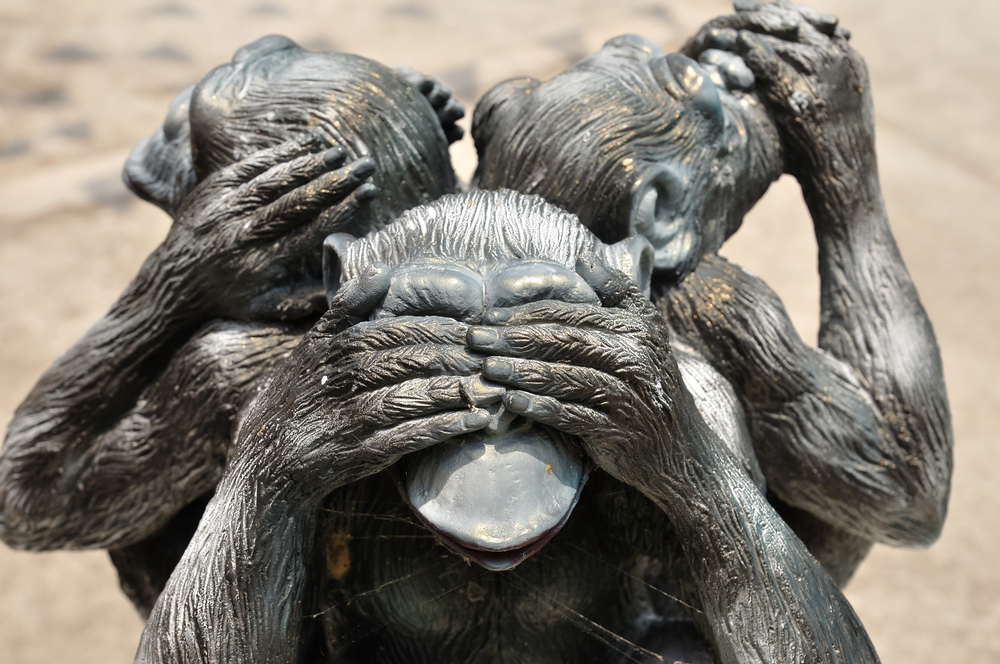
We share our planet with all kinds of amazing animals, but a few species have become particularly significant within our cultures and traditions.
Whether we adore, admire, fear or respect these animals, each has come to represent an important aspect of humanity and our relationship with the planet.
Cow

The humble cow is considered an important creature in religions such as Hinduism, Jainism and Zoroastrianism. Ancient societies such as the Egyptians, Romans, Greeks and Israelites also revered these grass-munching mammals.
The reason for the cow’s sacred status is usually to do with its helpfulness as a species: we drink their milk, use their dung as fertiliser and historically used them to till our fields. Drinking cow urine supposedly brings about good fortune and prosperity (we can’t personally vouch for this…).
Monkey

Hinduism views monkeys as culturally significant, thanks in part to the prominent monkey god Hanuman. The Sacred Monkey Forest in Bali contains a large population of crab-eating macaques, who live among temples that commemorate the Hindu principle of Tri Hata Karan: this encourages people to live harmoniously with one another and their environment.
The Japanese proverb to ‘see no evil, hear no evil and speak no evil’ is also represented by three monkeys: each monkey covers his eyes, ears and mouth respectively. Check out the emojis on your phone for a contemporary version.
Cat

Ancient Egyptians were particularly known for their reverence of cats. It’s likely that some of the first domesticated cats come from this era.
The felines’ ability to control vermin and snakes meant that cats were praised as symbols of poise and grace. Killing a cat in Egyptian society was punishable by death, and some deceased cats were mummified in the same manner as humans to preserve their bodies.
Dog

Dogs are kept as beloved pets all over the world, but some cultures take their dog appreciation a step further.
Parts of Tihar, a five-day Hindu festival, are dedicated to dogs. In Chinese New Year celebrations, the second day is considered the birthday of dogs—a day when you should be extra kind to your canine companion. And while Ancient Egyptians were better known for their love of cats, dogs also got their share of respect: they were associated with Anubis, god of the underworld.
Elephant

The largest land mammals on Earth are especially beloved by followers of the Hindu faith: the concept of reincarnation places elephants as one of the highest ranked animals to come back as.
This is due to the large number positive qualities possessed by elephants. Serenity, strength, wisdom and royalty are all traits associated with these heavyweight herbivores, and as such they are worshipped in temples throughout southern India.
Tiger

Korean folklore regards the tiger as a divine spirit and a guardian of the west. The big cats are consequently symbols of courage and power, thought to drive away evil and bring about good luck. White tigers are particularly sacred: these creatures have supposedly overcome trials and tribulations to reach a state of higher understanding about the world, and their white fur symbolises their wisdom.
Various other cultures also regard tigers highly: a tiger festival called Bagh Jatra takes place in Nepal, and villages throughout Vietnam contain temples dedicated to the powerful predators.
Snake

*circa 1615
Although Christianity associates snakes with the devil, some other cultures view the legless reptiles as fertility symbols. The Hopi people of North America perform annual snake dances to unite a pair of serpentine spirits and renew nature’s fertility.
A snake festival in India called Nag Panchami also celebrates snakes and the Hindu deities associated with them, including Shiva who wears a cobra around his neck.
